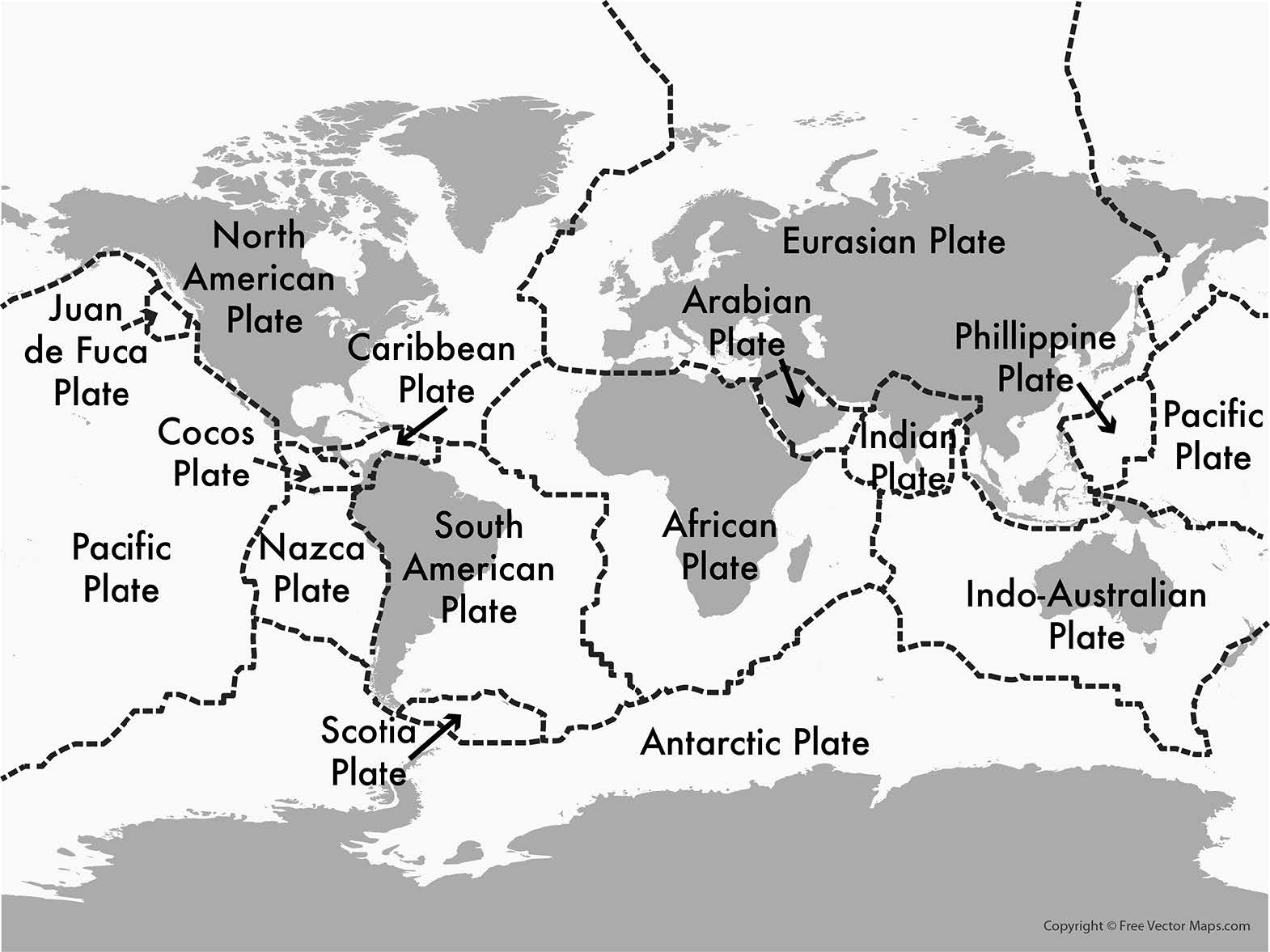
The Earth shakes, the windows rattle, and the ground rumbles. It’s an earthquake! Earthquakes can be dangerous and destructive. They can destroy buildings, homes, streets, and even mountains.
What causes earthquakes and why do they happen? As you know, the Earth is always moving. It spins on its axis as it orbits around the sun. But did you know that the Earth is moving on the inside as well as the outside?
The Earth is made up of many layers. The top layer is the crust, which is the hard land that we live on. It is the land upon which we build houses and cities. The crust is made up of tectonic plates. The Earth is made up of about 12 plates that fit together like pieces in a jigsaw puzzle.
Under the crust is a layer of magma called the mantle. Magma is a lot like lava that is always moving, kind of like water in the ocean. It is very hot and would turn to rock if it ever cooled. Magma is always flowing under the crust, which causes the tectonic plates to move not unlike icecaps in the Arctic. When the tectonic plates shift, they bump and grind against each other, causing an earthquake.
Some earthquakes are stronger than others. The strongest type is when one plate is shoved beneath another plate and the top plate juts upward (sometimes forming a mountain over time). This is called subduction.
If subduction happens under the ocean, it can cause a tsunami. An underwater earthquake causes big waves. Subduction causes giant waves that are unstoppable. A tsunami like this hit Japan and Indonesia in 2011, killing thousands of people.
Usually, about 10,000 people die from earthquakes each year. But sometimes, these numbers are much higher. A gigantic earthquake hit Haiti in 2010. It killed more than 300,000 people.
Scientists can measure how strong an earthquake is using the Richter scale. The Richter scale goes from 1–10. One is a weak quake. Ten is the strongest and deadliest. Each number on the scale is ten times stronger than the number before. No quake in history has reached 10 on the Richter scale.
Scientists cannot predict earthquakes—they can happen anytime or anywhere. But they happen the most where two tectonic plates meet.



 About BeeLine
About BeeLine